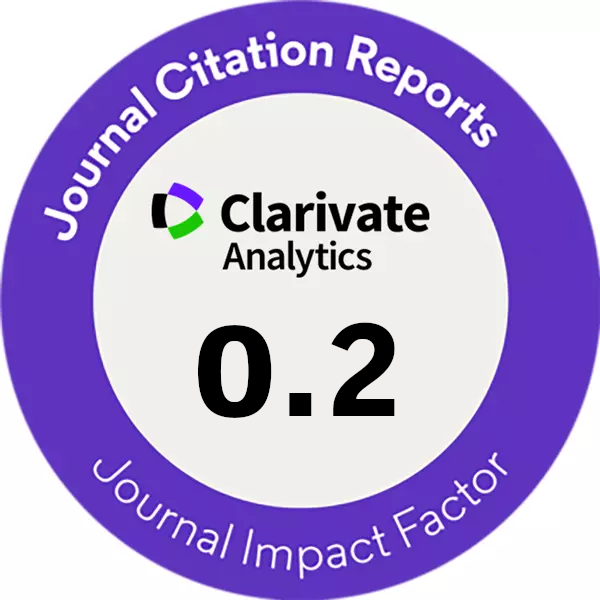OPTIMIZATION OF THE TEMPERATURE CONTROL SCHEME FOR ROLLER COMPACTED CONCRETE DAMS BASED ON FINITE ELEMENT AND SENSITIVITY ANALYSIS METHODS
DOI:
https://doi.org/10.14311/CEJ.2016.03.0014Keywords:
Concrete dam, Temperature control parameters, Finite element method, Numerical simulation, Sensitivity analysisAbstract
Achieving an effective combination of various temperature control measures is critical for temperature control and crack prevention of concrete dams. This paper presents a procedure for optimizing the temperature control scheme of roller compacted concrete (RCC) dams that couples the finite element method (FEM) with a sensitivity analysis method. In this study, seven temperature control schemes are defined according to variations in three temperature control measures: concrete placement temperature, water-pipe cooling time, and thermal insulation layer thickness. FEM is employed to simulate the equivalent temperature field and temperature stress field obtained under each of the seven designed temperature control schemes for a typical overflow dam monolith based on the actual characteristics of a RCC dam located in southwestern China. A sensitivity analysis is subsequently conducted to investigate the degree of influence each of the three temperature control measures has on the temperature field and temperature tensile stress field of the dam. Results show that the placement temperature has a substantial influence on the maximum temperature and tensile stress of the dam, and that the placement temperature cannot exceed 15 °C. The water-pipe cooling time and thermal insulation layer thickness have little influence on the maximum temperature, but both demonstrate a substantial influence on the maximum tensile stress of the dam. The thermal insulation thickness is significant for reducing the probability of cracking as a result of high thermal stress, and the maximum tensile stress can be controlled under the specification limit with a thermal insulation layer thickness of 10 cm. Finally, an optimized temperature control scheme for crack prevention is obtained based on the analysis results.
Downloads
References
Jing X. Y., Zhou W., Liu J. and Chang, X. L., 2013. Dynamic control measures of concrete temperature in rapid construction of high RCC dams. Engineering Journal of Wuhan University, vol. 46: 99-104.
Zhang L., Liu Y., Li B. Q., Zhang G. X. and Zhang S. T., 2015. Study on Real-Time Simulation Analysis and Inverse Analysis System for Temperature and Stress of Concrete Dam. Mathematical Problems in Engineering, vol. 2015: 1-8.
Chen Y. L., Wang C. J., Li S. Y., Wang R. J. and He J., 2001. Simulation analysis of thermal stress of RCC dams using 3-D finite element relocating mesh method. Advances in Engineering Software, vol. 32: 677-682.
Malkawi A. I. H., Mutasher S. A. M. and Qiu T. J., 2003. Thermal-Structural Modeling and Temperature Control of Roller Compacted Concrete Gravity Dam. Journal of Performance of Constructed Facilities, vol. 17: 177-187.
Xie H. W., Chen Y. L., 2005. Determination of the type and thickness for impervious layer in RCC dam. Advances in Engineering Software, vol. 36: 561-566.
Noorzaei J., Bayagoob K. H., Thanoon W. A. and Jaafar M. S., 2006. Thermal and stress analysis of Kinta RCC dam. Engineering Structures, vol. 28: 1795-1802.
Jaafar M. S., Bayagoob K. H., Noorzaei J. and Thanoon W. A. M., 2007. Development of finite element computer code for thermal analysis of roller compacted concrete dams. Advances in Engineering Software, vol. 38: 886-895.
Chen S. H., Su P. F and Shahrour I., 2011. Composite element algorithm for the thermal analysis of mass concrete: Simulation of lift joint. Finite Elements in Analysis and Design, vol. 47: 536-542.
Teixeira De Freitas J. A., Cuong P. T., Faria R. and Azenha M., 2013. Modelling of cement hydration in concrete structures with hybrid finite elements. Finite Elements in Analysis and Design, vol. 77: 16-30.
Su H. Z., Li J. Y. and Wen Z. P., 2014. Evaluation of Various Temperature Control Schemes for Crack Prevention in RCC Arch Dams During Construction. Arabian Journal for Science and Engineering, vol. 39: 3559-3569.
Gaspar A., Lopez-Caballero F., Modaressi-Farahmand-Razavi A. and Gomes-Correia A., 2014. Methodology for a probabilistic analysis of an RCC gravity dam construction. Modelling of temperature, hydration degree and ageing degree fields. Engineering Structures, vol. 65: 99-110.
Zhu B. F., 2012. Thermal Stresses and Temperature Control of Mass Concrete, Beijing: China WaterPower Press.
Downloads
Published
Issue
Section
License
Copyright (c) 2023 Author

This work is licensed under a Creative Commons Attribution-NonCommercial 4.0 International License.
Authors who publish with this journal agree to the following terms:
- Authors retain copyright and grant the journal right of first publication with the work simultaneously licensed under a Creative Commons Attribution License that allows others to share the work with an acknowledgement of the work's authorship and initial publication in this journal.
- Authors are able to enter into separate, additional contractual arrangements for the non-exclusive distribution of the journal's published version of the work (e.g., post it to an institutional repository or publish it in a book), with an acknowledgement of its initial publication in this journal.
- Authors are permitted and encouraged to post their work online (e.g., in institutional repositories or on their website) prior to and during the submission process, as it can lead to productive exchanges, as well as earlier and greater citation of published work (See The Effect of Open Access).










